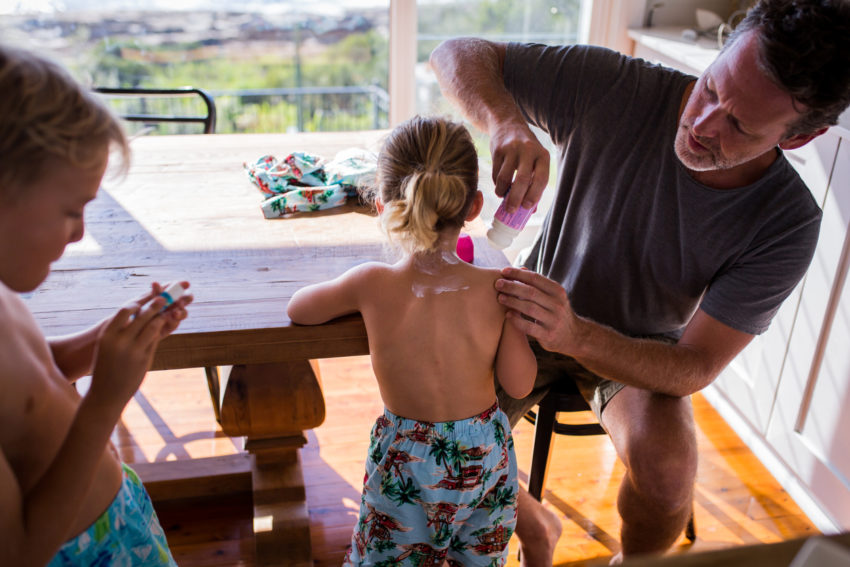
Share On Social!
In February, the FDA announced its plan to review sunscreen product chemicals, many of which can harm people and the environment.
The agency spent the past five months seeking public opinion on its plans, and 19,256 people and groups─including members of Salud America!’s network─submitted comments with a clear message: Ensure our sunscreen is safe!
Still, the FDA has made only 1,577 comments available to the public. Of the listed messages, 345 came from Salud America! advocates, for 21.8% of all comments!
Are There Serious Risks?
Research on sunscreen has shown that certain chemicals, such as avobenzone, oxybenzone, and octocrylene, can enter a user’s bloodstream and cause potential harm.
These substances have also caused environmental damage to coral reefs.
Still, medical professionals make one thing clear: Don’t stop using sunscreen because the risks of melanoma are too high — even for people of color.
“The only proven health risk so far is too much sun exposure,” writes Aaron E. Carroll, a professor of pediatrics at Indiana University School of Medicine, in the New York Times. “Some may think covering up and limiting time in the sun is important only for those with lighter skin, but the recommendations against UV exposure apply to everyone.”
Some researchers have made connections between severe allergic reactions and sunscreen exposure to the body.
States such as Florida (25.6% Latino) and Hawaii (10.5%) have already taken steps to move the needle in this issue by banning oxybenzone-based sunscreens without a prescription.
The main consensus, according to Carroll, is further research is needed to fully understand the true possible damage these products pose.
What Happens Next?
The FDA will review these comments, along with other information, and then come to a decision on the future of harmful substances.
Carroll does recommend switching to safer brands with other substances, such as those that contain zinc oxide and titanium dioxide.
The Environmental Working Group has a list readily available for those looking to purchase chemically safer products.
There is still more action to take.
The USGS recently announced they will no longer project long-term climate change impacts. Speak up for climate science, today!
URGE FOR CLIMATE SCIENCE!
Editor’s Note: This article is part of a collaboration between Salud America! and the Hoffman Toxicant-Induced Loss of Tolerance (TILT) program at UT Health- San Antonio. To find out if you are TILTed due to exposure to everyday foods, chemicals, or drugs, take a self-assessment or learn more about TILT.
Explore More:
Healthy Families & SchoolsBy The Numbers
142
Percent
Expected rise in Latino cancer cases in coming years



